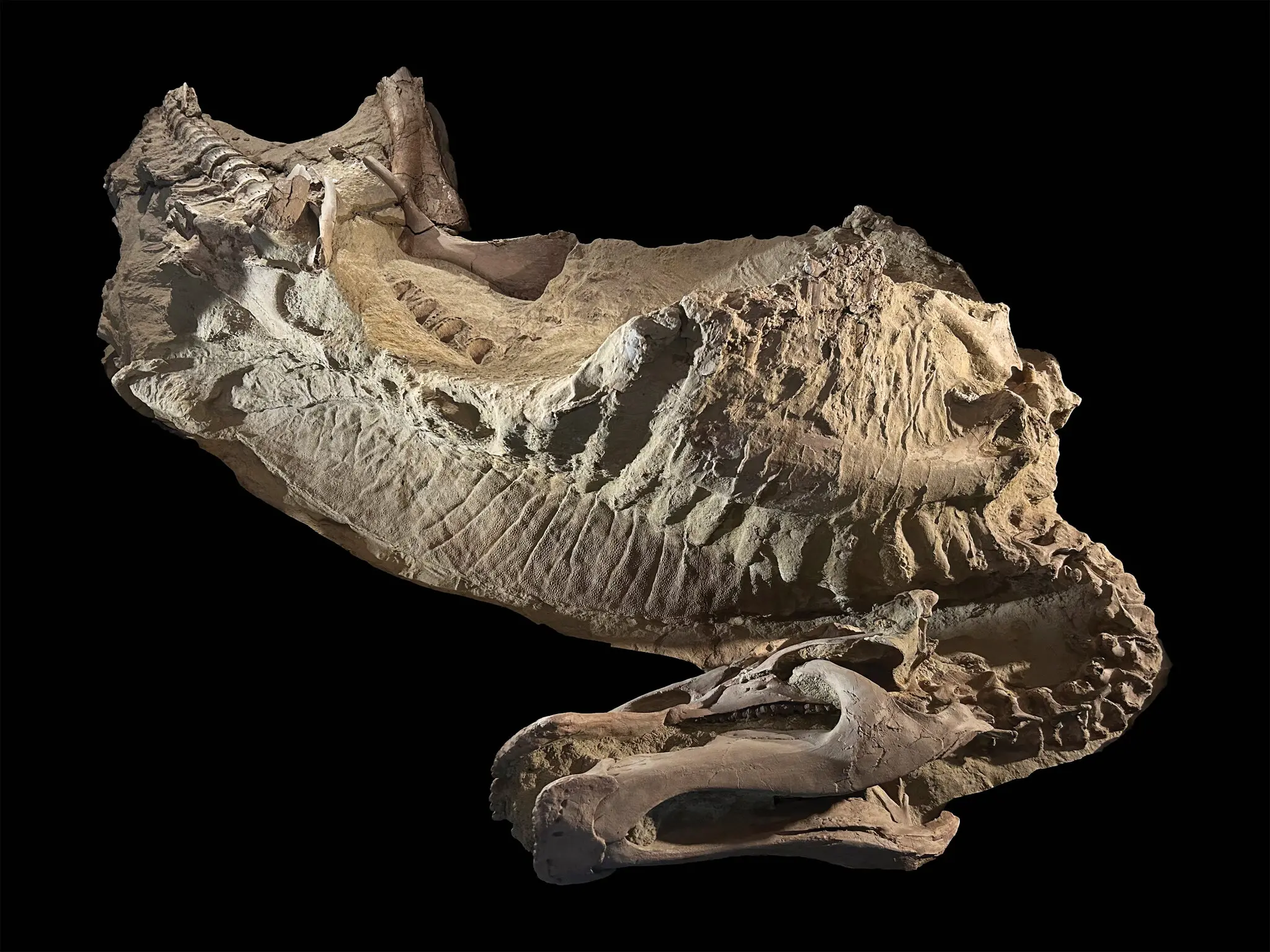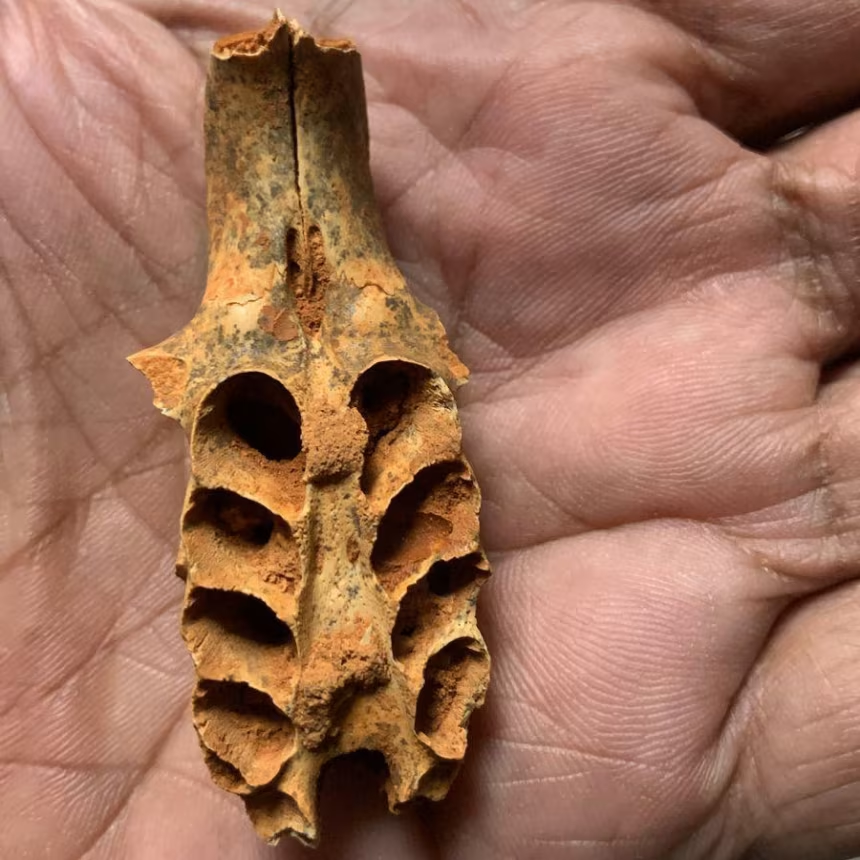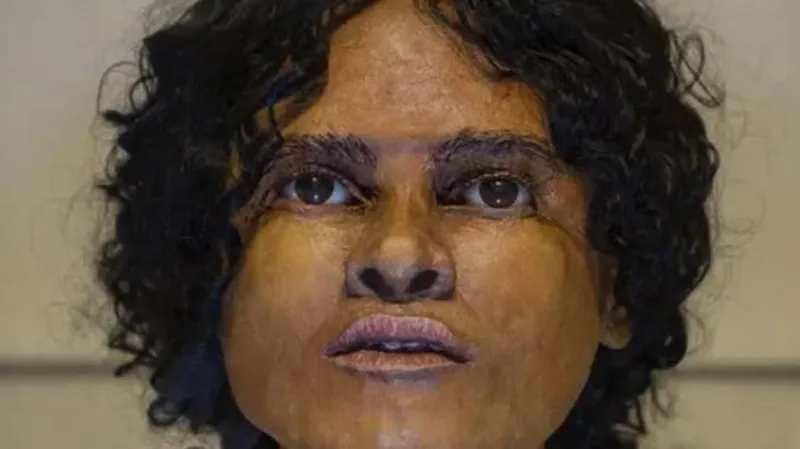In a groundbreaking paleontological find, researchers have uncovered two exceptionally preserved dinosaur fossils in Wyoming that are rewriting what we know about prehistoric creatures. These “dinosaur mummies,” belonging to the species Edmontosaurus annectens, are offering scientists a rare look at soft-tissue details, skin texture, and even hooved feet—features never before documented in dinosaurs.
A Glimpse Into the Past
The fossils, originally unearthed over a century ago, have recently undergone advanced re-examination using modern scanning and imaging technologies. Unlike typical fossils composed solely of bone, these remarkable specimens include detailed impressions of the dinosaurs’ outer skin, muscle contours, and other soft tissues. Paleontologists believe that shortly after the animals’ deaths, fine layers of sediment rapidly encased their bodies, preserving a near-perfect mold of their exterior anatomy.
One of the most striking revelations is the presence of hoof-like structures on the hind feet of one specimen. This finding challenges long-held assumptions about dinosaur locomotion and suggests that Edmontosaurus may have been capable of traversing harder, drier terrain more efficiently than previously believed.
Stunning Anatomical Details
The mummified remains reveal a range of unexpected physical traits. Researchers observed a fleshy crest running along the neck and back, as well as a line of small spikes on the tail—features that would have given the dinosaur a far more dramatic silhouette than standard reconstructions show. The skin impressions are so detailed that scientists can distinguish individual scale patterns, revealing a texture similar to that of modern reptiles.
The young adult specimen, measuring roughly 40 feet long, and the smaller juvenile, both provide new data about growth and development in duck-billed dinosaurs. Together, they help paint a vivid picture of what these massive herbivores looked like in life.
Evolutionary and Behavioral Insights
The discovery of hooves in Edmontosaurus could have major evolutionary implications. It suggests a form of convergent evolution—where unrelated species independently develop similar adaptations. In this case, dinosaurs may have evolved hoof-like structures long before mammals did, perhaps as a way to better support their immense body weight on varied terrain.
Scientists also believe these dinosaurs may have moved on all fours while foraging but could rear up on two legs for speed or defense, using their powerful hind limbs and tail for balance.
Preservation Mystery
What makes these fossils especially puzzling is how they managed to preserve such delicate structures in an oxygen-rich environment, which usually accelerates decay. Researchers suspect a rare geological process allowed thin layers of clay and sediment to coat the carcasses before decomposition could destroy the outer tissues. This natural “casting” process left behind extraordinarily accurate molds of the animals’ skin and muscles.
A New Era for Paleontology
This discovery is being hailed as one of the most detailed reconstructions of a large dinosaur species ever achieved. With 3D scanning and digital modeling, paleontologists can now create lifelike renderings of Edmontosaurus—from its unique hooves to its textured skin and crested back.
The findings not only bring scientists closer to understanding how these animals lived but also underscore how much remains hidden within long-studied fossil beds. As technology advances, many long-forgotten fossils may yet reveal new secrets from the ancient world.
Conclusion
The Wyoming “dinosaur mummies” stand as a rare and breathtaking window into a vanished era. Their preservation captures a moment in time—one that bridges the gap between skeletal remains and living, breathing giants of the Cretaceous. For paleontologists, this discovery is more than a scientific milestone—it’s a reminder that the story of Earth’s past is far from fully written.















Leave a Reply